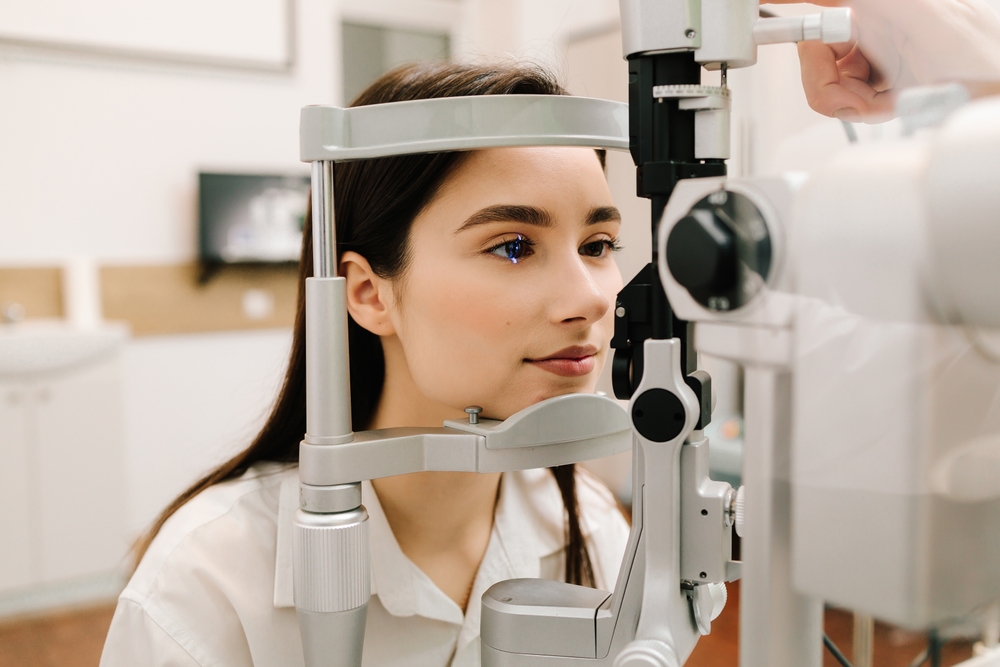The Center for Eye Care and Optical Blog
Learn more about ophthalmology and optometry care in our blog!

Shopping for new glasses should feel exciting, not overwhelming. Eyewear plays an important role in your daily life, helping you see clearly while also reflecting your unique style.

As we get older, it’s natural to notice changes in how we see the world. Blurry reading vision, difficulty driving at night, or increased sensitivity to light are just a few common signs that aging may be affecting your eyes.

Blepharitis is a common and often chronic condition characterized by inflammation of the eyelids. It can lead to symptoms such as redness, swelling, itching, crusting around the lashes, and a gritty or burning sensation in the eyes. Many patients with blepharitis also experience dry eye syndrome, as the inflammation interferes with the glands that produce essential components of the tear film.

When it comes to protecting your eyesight, timely and targeted treatment is essential - especially for retinal conditions. Retina injections have become a powerful tool in modern eye care, helping to slow or stop the progression of serious diseases that can lead to vision loss. Two of the most common types of retina injections are Anti-VEGF (vascular endothelial growth factor) injections and antibiotic injections.

Glaucoma is one of the leading causes of irreversible vision loss worldwide - and it often progresses without noticeable symptoms. One of the more surprising facts about this condition is that it doesn’t always affect both eyes the same way. In many cases, glaucoma may begin or worsen in one eye before the other, making early detection even more challenging

Regular eye exams are a key part of maintaining overall health and preserving your vision - but how often should you actually see your optometrist? The answer depends on several factors, including your age, health history, and lifestyle. Understanding these variables can help you stay ahead of potential vision issues and ensure your eyes remain in top shape.

Macular degeneration is one of the leading causes of vision loss in adults over the age of 50. It comes in two forms: dry and wet. Dry macular degeneration is the more common and slower progressing type, while wet macular degeneration is less common but far more aggressive in its impact on central vision. Understanding how dry macular degeneration can progress to the wet form is crucial for protecting your eyesight, especially as you age.

Botox is widely known for its cosmetic applications, but it also plays a significant role in oculoplastic procedures. Oculoplastics focuses on the structures around the eyes, including the eyelids, tear ducts, and orbit. At The Center for Eye Care and Optical, we incorporate Botox as part of customized treatment plans to address various medical and cosmetic concerns.

If you’ve been diagnosed with cataracts, you’re not alone. Many seniors in West Islip and across Long Island deal with the gradual clouding of their vision as they age. While cataracts are a natural part of the aging process, that doesn’t mean you have to accept worsening vision without taking action. The good news is that there are steps you can take to slow their progression and maintain clear sight for as long as possible.

For many adults in West Islip, looking and feeling your best isn’t just about skincare or the latest beauty trends—it’s about confidence. Over time, sagging eyelids or under-eye bags can make you appear more tired or older than you feel. If you’ve been considering eyelid surgery, also known as blepharoplasty, one of the biggest questions on your mind is likely: How much downtime will I need?











